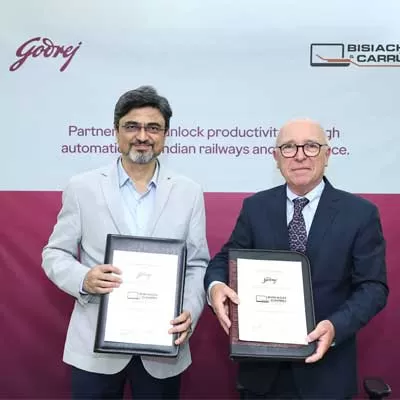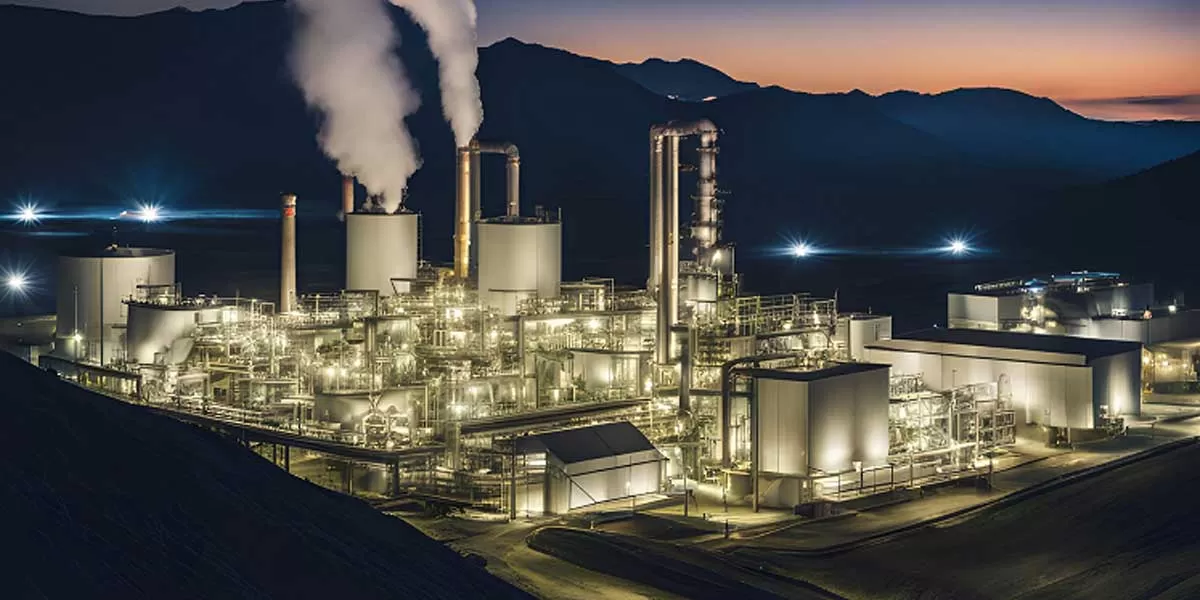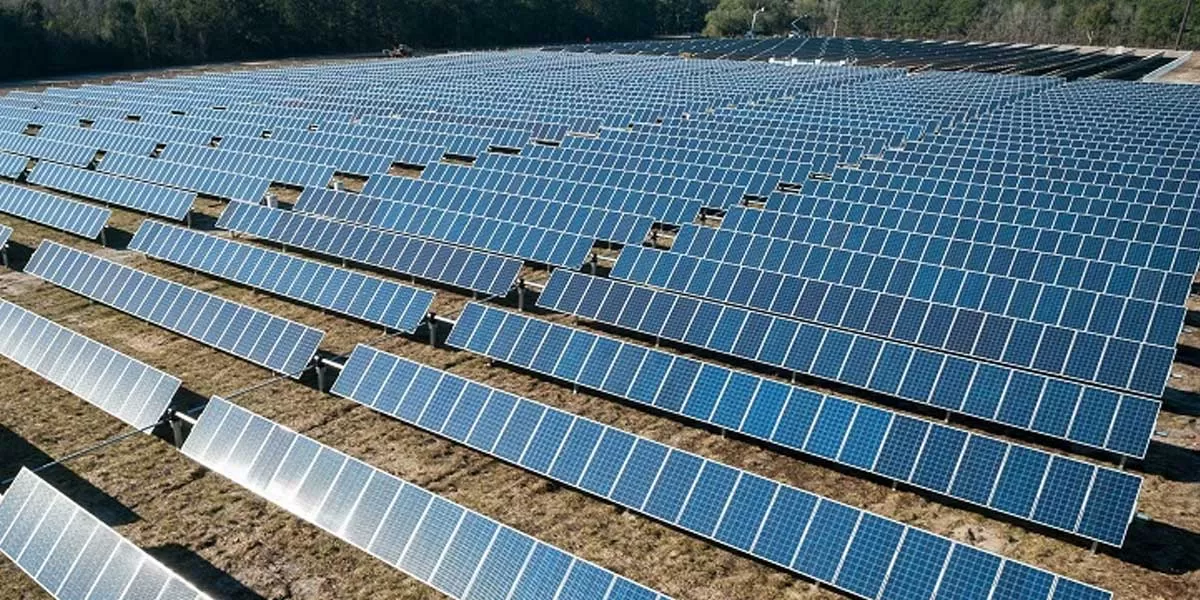
Godrej Enterprises Group Signs MoU with Italy's Bisiach & Carru
Tooling business of Godrej & Boyce, part of the Godrej Enterprises Group (GEG), has signed a Memorandum of Understanding (MoU) with Italian automation specialist Bisiach & Carru (B&C) to manufacture advanced railway and aerospace equipment in India. This strategic partnership marks a significant step forward in India's manufacturing capabilities and supports the government's Make in India initiative. The collaboration will initially target a higher local manufacturing content with plans to increase this as capabilities develop.This strategic alliance comes at a pivotal moment in In..

Godrej Enterprises Group wins Order for Cutting-Edge Geothermal Condenser
The Process Equipment business of Godrej Enterprises Group, has bagged an order for an Advanced Direct Contact Condenser (ADCC) based on its in-house Ecolaire® technology for a geothermal power project in the Asia-Pacific region. This project underscores India's growing role as a global key equipment supplier to the renewable energy sector. The equipment will be manufactured and dispatched from their world-class manufacturing facility in Dahej, Gujarat.The Advanced Direct Contact Condenser is used to condense steam from the turbine exhaust by mixing it with cooling water. Unlike surface conde..

Central Electronics Seeks Partners to Operate 40 MW Solar Module Plant
Central Electronics Limited (CEL), a public sector enterprise under the Department of Scientific & Industrial Research, has issued an Expression of Interest (EoI) for operating its 40 MW automated solar module manufacturing plant in Sahibabad, Uttar Pradesh. The bid submission deadline is 3rd March 2025, with bid openings scheduled for the same day. The contract is for two years, extendable by one year, and covers manufacturing, operations, maintenance, marketing, and sales of solar modules.The Sahibabad facility will operate three shifts and has a storage capacity of 12 MW of solar module..














